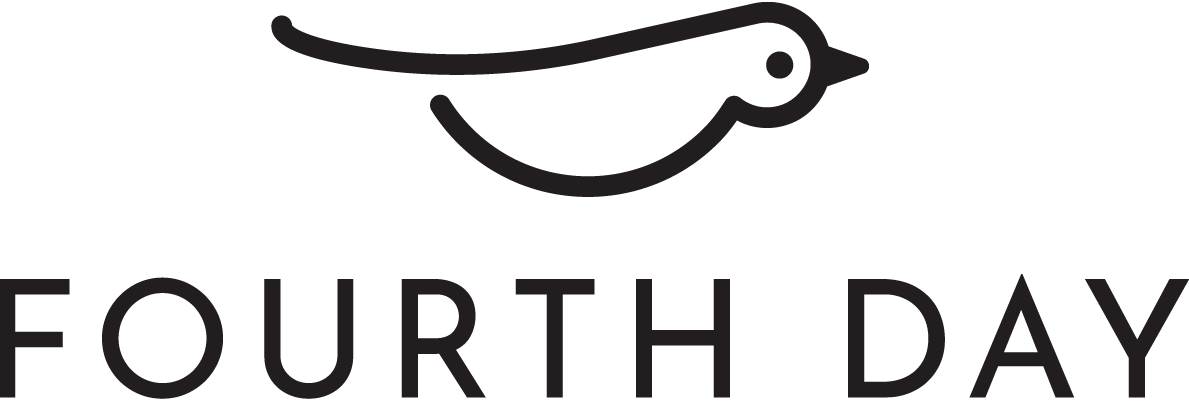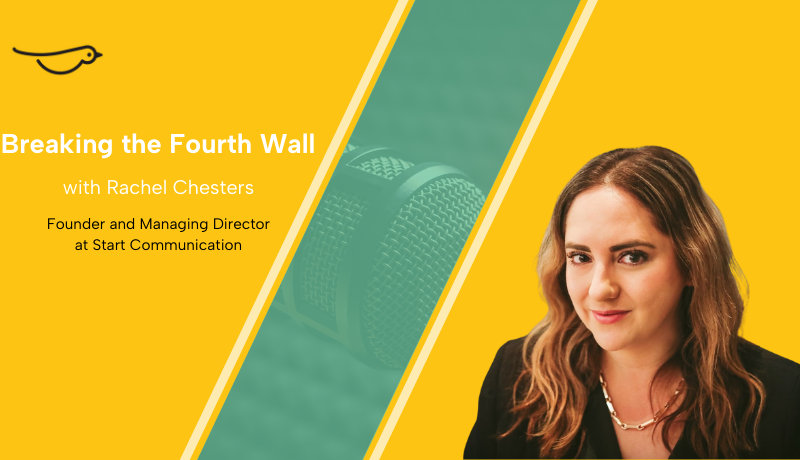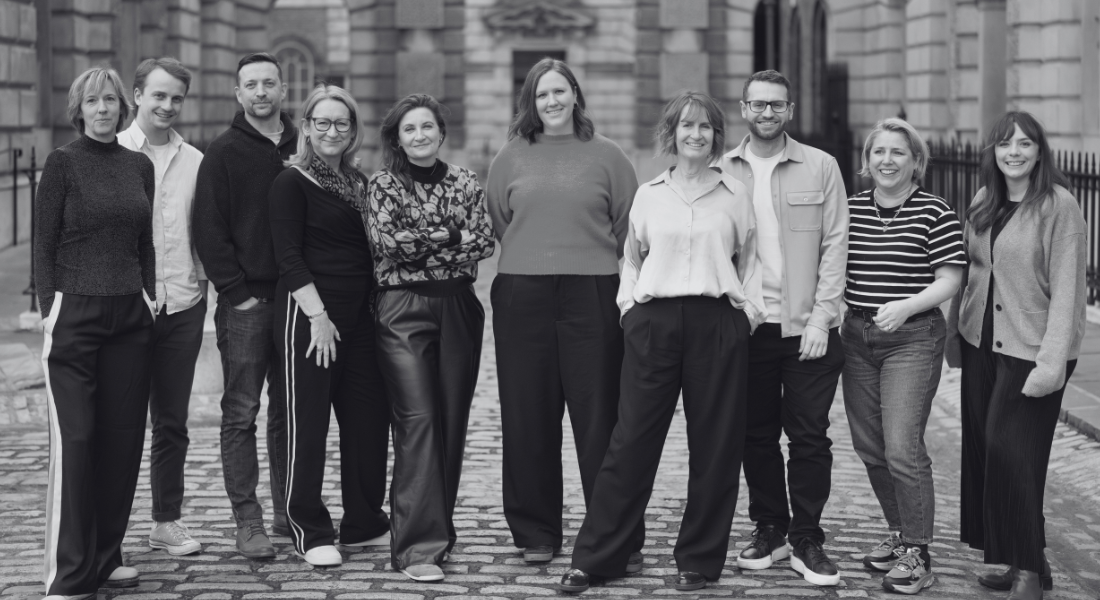Breaking the Fourth Wall... with Rachel Chesters
By Danny Ward
I n this edition of Breaking the Fourth Wall, Danny speaks with Rachel Chesters, founder and managing director of Start Communication, about AI in marketing and communications.
How are you currently using AI within marketing and communications?
AI has been a gamechanger for admin support. It takes notes during meetings, summarises the key points and compiles a checklist of my actions. This is a huge time saver given that we’re a small team at Start Communication.
It also helps me to get off a blank piece of paper too. I’ve trained my ChatGPT projects on everything from the format I use for proposals to the way I input into my accounting system, so I know that if I type in a well-engineered prompt, it will provide me with a baseline level of information to help pull together a quote or start building out a strategic proposal.
What are clients asking about AI?
Many of my clients are asking me how they should be using AI and how to navigate security risks such as data privacy. They may have seen employees, customers or suppliers using it and they want to know how it could also benefit them in a low risk way.
For businesses in this situation, I suggest doing an AI audit first to find out which departments or team members are currently using AI already. There are so many different tools out there that identifying which ones will benefit you can feel daunting. It’s important that businesses do their due diligence to ensure these tools are being used in a safe and ethical way.
I’m very transparent with my clients that I’m using AI as a tool for productivity – it’s not replacing me, but enabling me to do certain things faster.

"I believe large corporates in particular have a duty to continue hiring and training junior staff, so that we don’t create too much of a skills gap."Rachel Chesters Founder and managing director, Start Communication
Are there any drawbacks that should be considered?
There’s a tendency in certain sectors to over-rely on AI for content production, which has given it a bad name. If you’re using it, you still need to exercise a strategic and editorial view over whatever it produces, rather than taking it as read. Human oversight is needed to not only pick up and correct errors, but also to refine the copy and make it both accurate and authentic.
Undoubtedly, it is also impacting the workforce and learning opportunities in entry-level roles. I believe large corporates in particular have a duty to continue hiring and training junior staff, so that we don’t create too much of a skills gap.
Do you have any advice on how best to use AI?
A smart way to approach it is to look at the pain points you’re experiencing in your day and find AI-powered tools designed to solve those problems. This might mean using a generative AI assistant to quickly format an Excel spreadsheet with the correct formulas, for example, or using AI-enabled finance tools to help make tax calculations where accounting isn’t your forte. Whether you’re using a large language model, a specialist automation tool, or a sector-specific AI platform, it’s essential to have a layer of human review to identify and correct any errors.
How do you see AI impacting PR?
Businesses are becoming more and more concerned about how visible they appear in AI-powered search results, with younger generations using tools like ChatGPT as their main search engine.
This is where traditional PR will have an important role to play. Whenever businesses are putting out content, they need to ensure it is both accurate, credible and correctly placed to impact those AI search results.
Share this:





